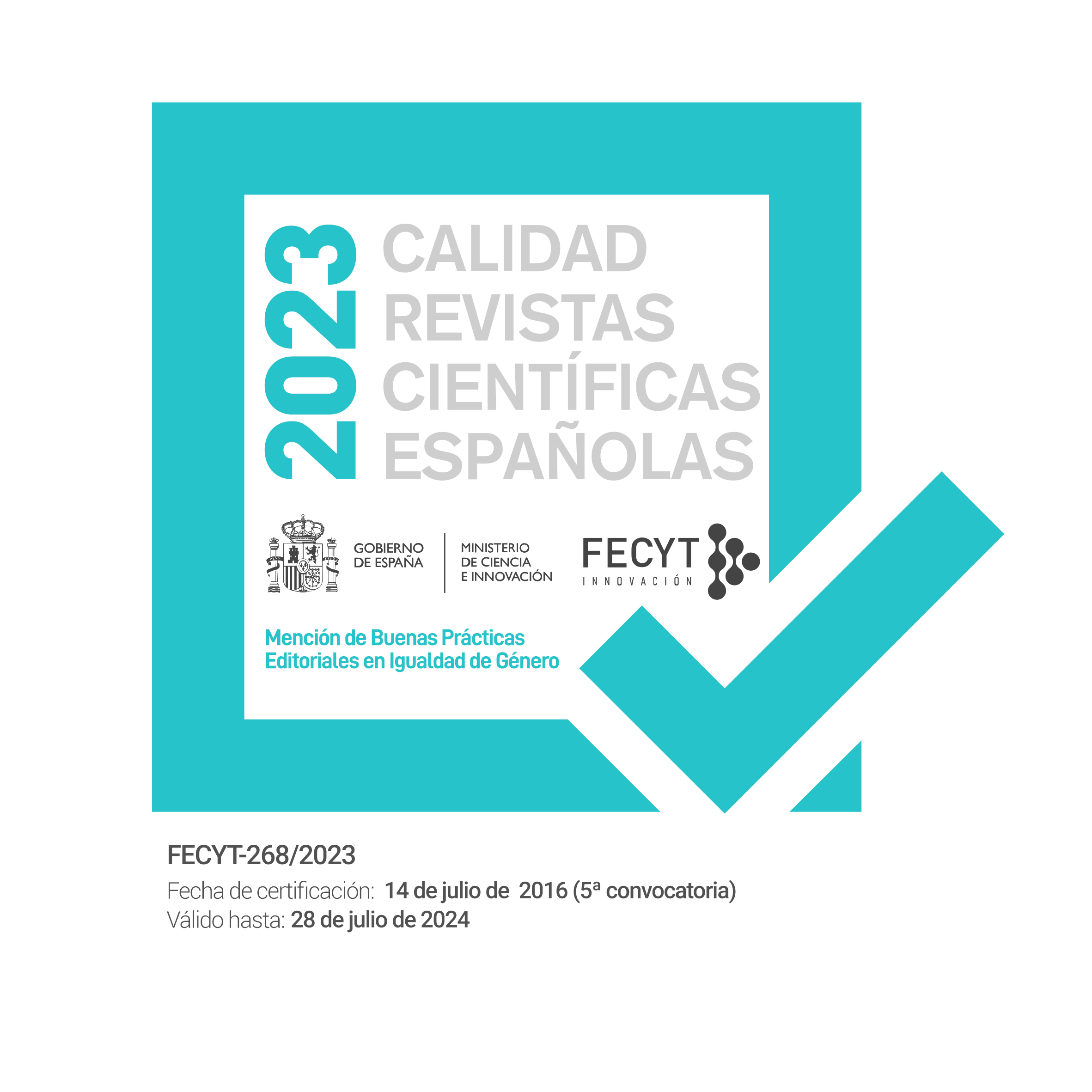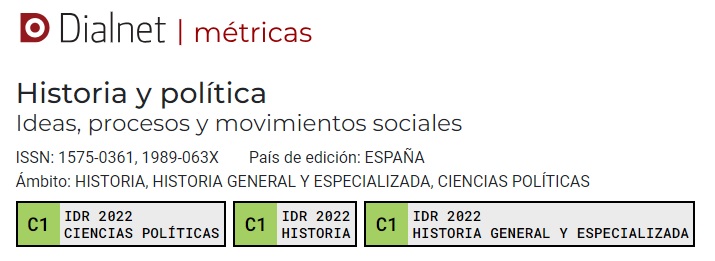Helios Gómez: The invisibility of the Romani revolution
DOI:
https://doi.org/10.18042/hp.40.04Keywords:
Helios Gómez, political art, Roma people, USSR, communism, anarchism.Abstract
This article studies the political discourse of Helios Gómez, a Romani artist, who committed first to anarchism and then to communism in the interwar period. The analysis sets his account of the new Soviet society as a model to follow in the context of the large body of literature on the genre and at the same time interprets it in the light of the political cultures on which it draws. Moreover, it sets out to understand the Romani identity of this graphic artist as the key to his capacity for transforming a common discourse into a utopian discourse full of projective boldness, one that called for ethnic equality as part of social justice. The article addresses the different intersecting identitarian contexts—political, class, ethnic—that constitute the framework from which to claim recognition of rights for the Roma minority, marginalized in the processes of political modernization.Downloads
Additional Files
Published
Issue
Section
License
Copyright (c) 2018 María Sierra

This work is licensed under a Creative Commons Attribution-NonCommercial-NoDerivatives 4.0 International License.
Authors whose contributions are accepted for publication in this journal, accept the following terms:
a. The authors retain their copyright and guarantee to the magazine the right of first publication of their work, which will be simultaneously subject to the Creative Commons Attribution License Attribution-Noncommercial-No derivative works 4.0 Spain, which allows third parties to share the work as long as its author and its first publication is indicated.
b. Authors may adopt other non-exclusive license agreements to distribute the version of the published work (e.g. deposit in an institutional repository or archive, or published in a monographic volume) provided the initial publication in this journal is indicated.
PLAGIARISM AND SCIENTIFIC FRAUD
The publication of work that infringes on intellectual property rights is the sole responsibility of the authors, including any conflicts that may occur regarding infringement of copyright. This includes, most importantly, conflicts related to the commission of plagiarism and/or scientific fraud.
Plagiarism is understood to include:
1. Presenting the work of others as your own.
2. Adopting words or ideas from other authors without due recognition.
3. Not using quotation marks or another distinctive format to distinguish literal quotations.
4. Giving incorrect information about the true source of a citation.
5. The paraphrasing of a source without mentioning the source.
6. Excessive paraphrasing, even if the source is mentioned.
Practices constituting scientific fraud are as follows:
1. Fabrication, falsification or omission of data and plagiarism.
2. Duplicate publication.
3. Conflicts of authorship.





